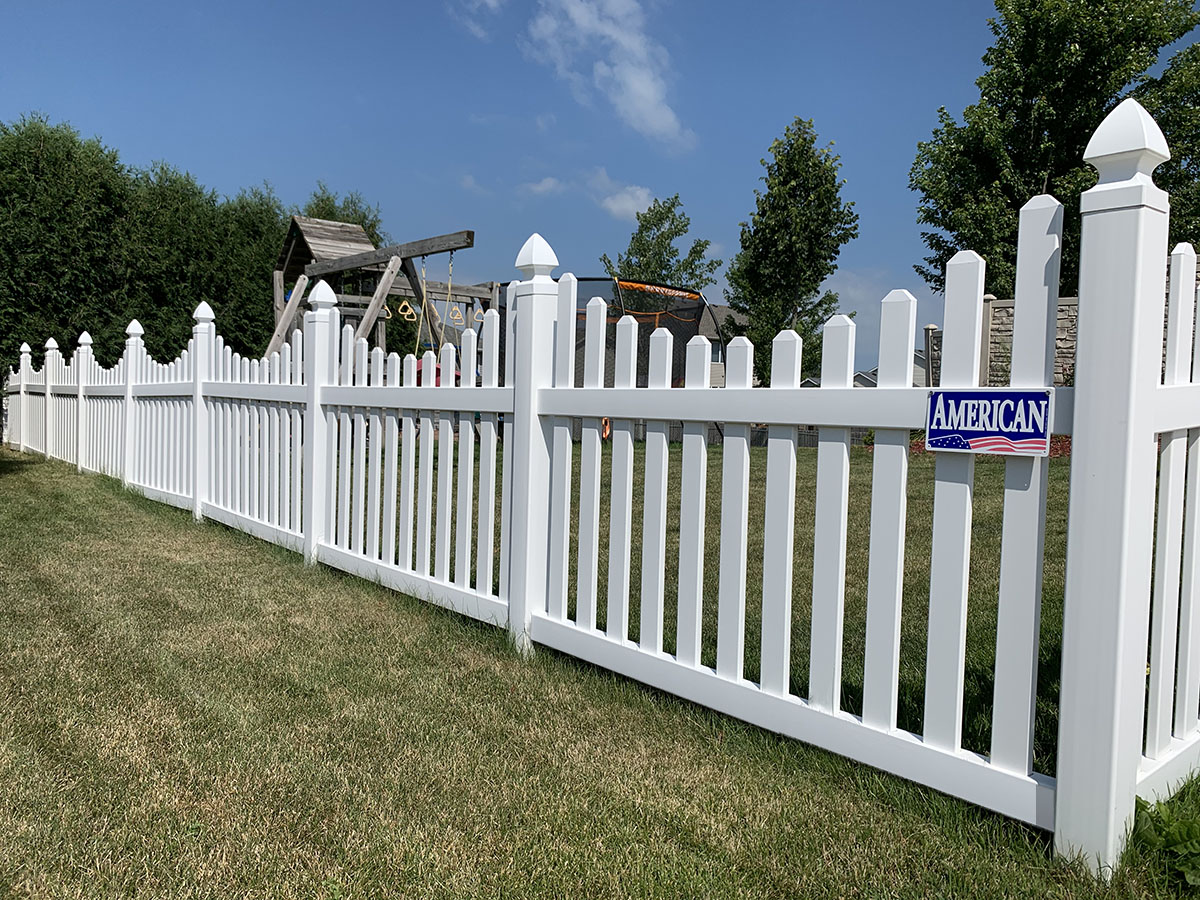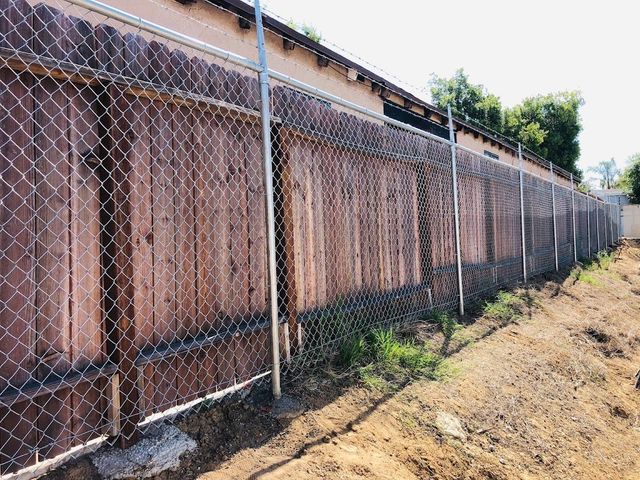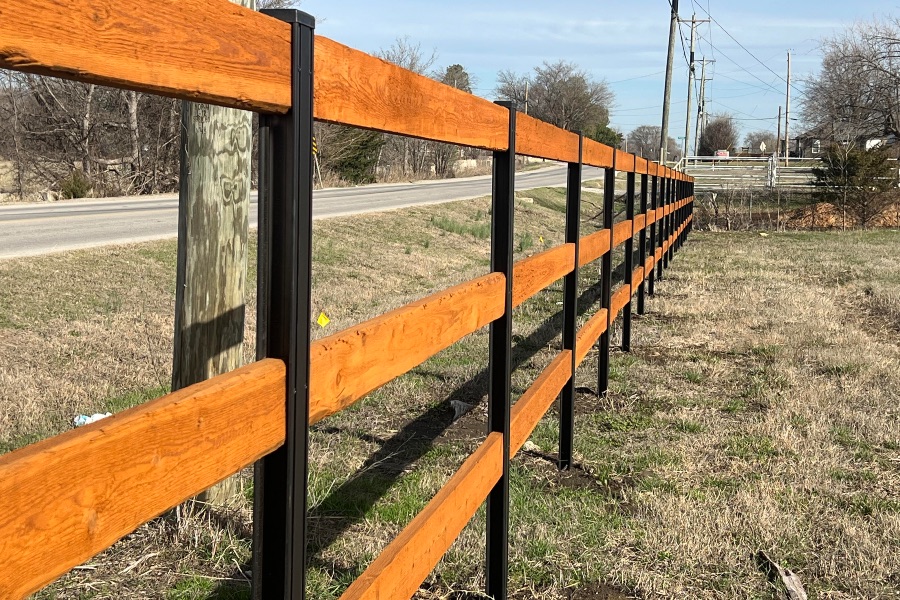All Categories
Featured

When mounting a fencing, picking the appropriate material is key to stabilizing capability, aesthetic appeals, and budget plan. Timber, vinyl, and light weight aluminum are amongst one of the most generally picked fence materials, each with its drawbacks and toughness. This guide discovers the pros and disadvantages of these options to help you make a notified decision.

Wood Fencing. Pros:. Natural Beauty: Timber's classic beauty can boost any type of building with its warm and traditional appearance. Adjustable: You can paint, stain, or sculpt timber to fit your design choices. Economical: Wood fence is initially a lot more economical compared to some various other products. Eco-friendly: As a renewable energy, timber is biodegradable and typically considered environment-friendly. Cons:. Maintenance-Intensive: Routine sealing, paint, or staining is required to avoid damages from weather condition and pests. Prone to Degeneration: Without appropriate care, timber can rot, warp, or split with time. Shorter Life-span: Usually, wood fences last 10-15 years, depending upon the kind of timber and upkeep. Timber is a wonderful option for those who value appearances and want to spend in routine upkeep to protect its appearance and longevity.
Plastic Fence. Pros:. Low Maintenance: Vinyl needs minimal care-- simply periodic cleaning with soap and water. Weather Resistant: It does not warp, rot, or surrender to insect damages, making it extremely durable in different environments. Durability: Vinyl fencings can last 20-30 years with little to no repair work. Style Variety: Available in a variety of styles, structures, and shades, including wood-like appearances. Disadvantages:. Greater Initial Cost: Plastic fences are extra expensive upfront contrasted to wood. Vulnerability to Cold: In incredibly winter, plastic can come to be vulnerable and brittle to breaking. Minimal Fixing Options: Matching substitute panels can be challenging if damage takes place. Vinyl secure fencing is ideal for homeowners searching for a resilient, low-maintenance remedy that supplies modern-day convenience.

Light Weight Aluminum Fencing. Pros:. Rust-Proof: Light weight aluminum withstands deterioration, making it an exceptional selection for damp or moist atmospheres. Long lasting: Despite being lightweight, aluminum is solid and can hold up against severe climate problems. Low Upkeep: It needs minimal maintenance, usually only occasional cleansing. Long Lifespan: Light weight aluminum fencings can last decades without considerable wear and tear. Classy Style: Commonly made use of for ornamental purposes, light weight aluminum secure fencing includes a sleek, advanced want to residential properties. Disadvantages:. High Initial Financial investment: Light weight aluminum fencings are amongst the more expensive choices on the market. Less Privacy: The open designs common with light weight aluminum fencing don't provide much privacy. Prone to Damage: While durable, aluminum can dent if hit with sufficient force. Light weight aluminum is an outstanding option for homeowners prioritizing aesthetic appeals and toughness without needing much upkeep.
Making Your Decision. When making a decision between vinyl, light weight aluminum, or wood secure fencing, consider your top priorities:
Wood matches those that value an all-natural appearance and don't mind placing in maintenance effort. Vinyl is the most effective option for those seeking a low-maintenance, weather-resistant service. Light weight aluminum supplies streamlined design and long-lasting longevity but may do not have privacy. By carefully assessing these materials' features, you can pick a fence that matches your home while meeting your aesthetic and useful requirements.
Latest Posts
Explore Special Auto Repair Offers in Chicago at Montclare Auto Repair
Published May 28, 25
1 min read
Discover the Premier Auto Repair Deals in Montclare, Chicago
Published May 27, 25
1 min read
Check Out Top Vehicle Maintenance Solutions at Montclare Auto Repair – Quality Service Today
Published May 26, 25
1 min read
More
Latest Posts
Explore Special Auto Repair Offers in Chicago at Montclare Auto Repair
Published May 28, 25
1 min read
Discover the Premier Auto Repair Deals in Montclare, Chicago
Published May 27, 25
1 min read
Check Out Top Vehicle Maintenance Solutions at Montclare Auto Repair – Quality Service Today
Published May 26, 25
1 min read